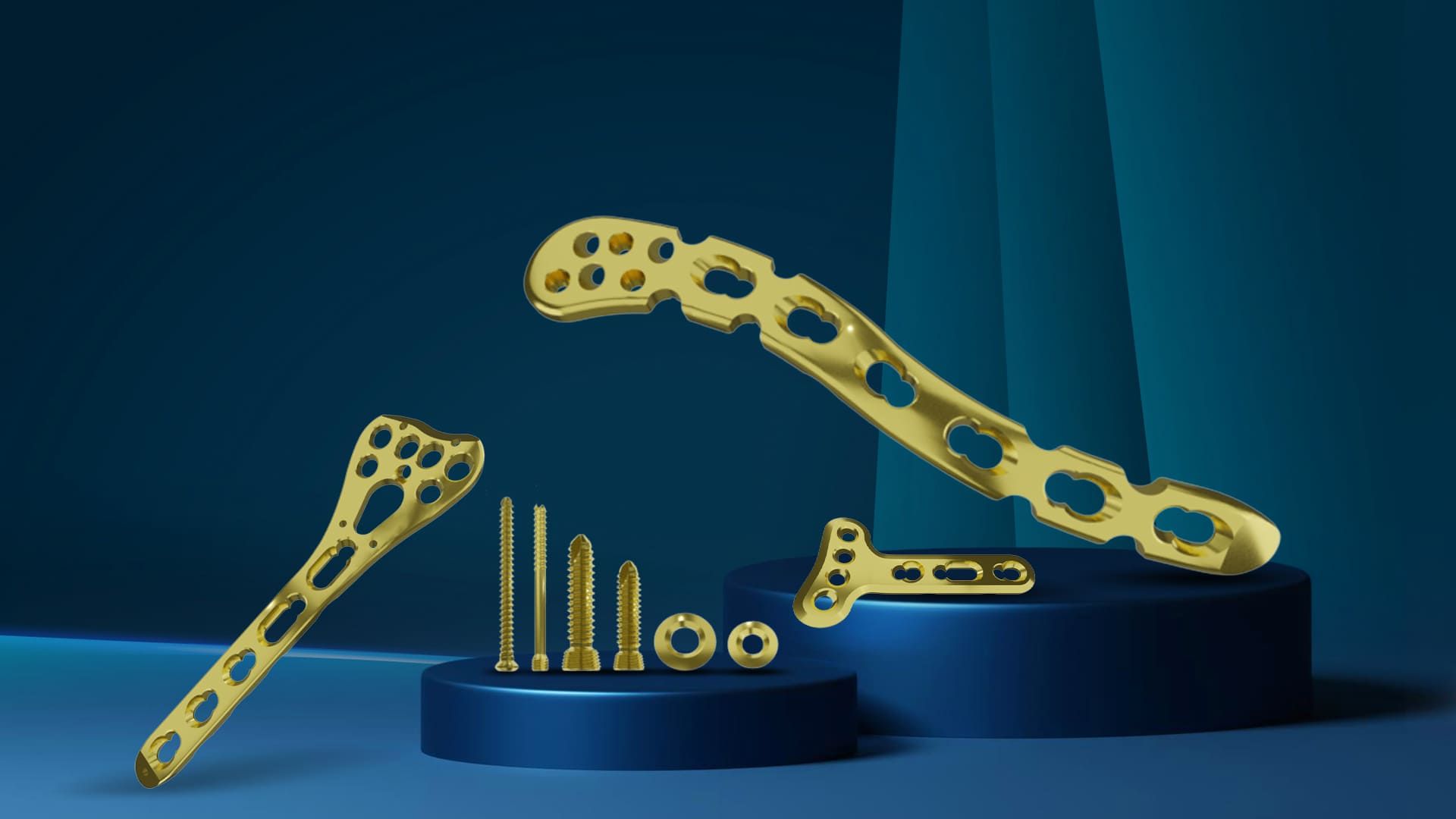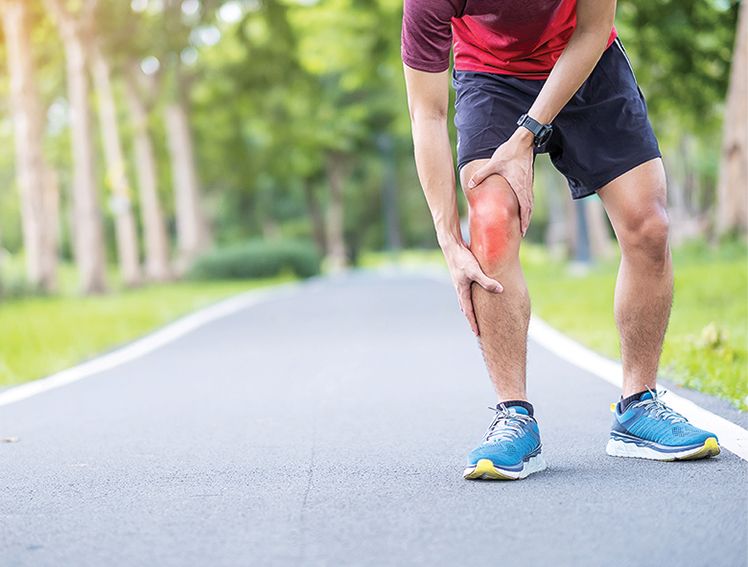
Auric™ Bionik: The Gold Standard in Biocompatible Trauma Implants
Introduction
Trauma implants are central to modern fracture management, providing mechanical stability that can support healing and early mobility. Internal fixation has become a commonly used and effective treatment for various fractures, leading to the development and evolution of Internal Fixation Implants (IFIs).1 IFIs include bone plates, intramedullary nails, screws, and other embracing devices that stabilise the broken bones, with the goal of improving outcomes.
Trauma Implants: A Brief History
Wires were the earliest and most commonly used fixtures for fractures, with mentions dating back to the 18th century.2 Then, plates came into the picture around a century ago, offering more stability and success, but with their own set of problems.3 Since then, fixation plates have evolved through a series of design and material innovations aimed at balancing stability and restoring biological function. Early rigid metal plates, though strong, caused corrosion, stress shielding, cortical bone loss, and poor healing due to their extensive contact and friction with bone. Revised designs integrated screws to introduce some flexibility and reduce friction, even in bones damaged by osteoporosis.
An ideal implant is determined by these four key characteristics: ductility, strength, stiffness, and biocompatibility. Metal implants met the standard to some extent, but they were still prone to breakage, corrosion, and other complications.4 Over time, stainless steel became standard for plates and nails as a strong, relatively inexpensive material, but it was prone to corrosion and not biocompatible.
This evolved into the current practice of relying on implants made from titanium as well as cobalt-chrome alloys, which balance strength with biological compatibility, while minimising corrosion, breakage, and failure.3,4 Subsequently, surface coatings like porous layers and hydroxyapatite were added to improve osseointegration.
Biocompatibility is a central requirement in the development and clinical use of orthopaedic biomaterials, and its definition has expanded beyond simple inertness to include bio-functionality and biostability.5
Predictably, the choice of implant material and surface treatment directly impacts healing outcomes, infection risk, and long-term success in fracture healing.
How is Auric™ Bionik Gold Surface Different?
Meril’s Auric™ Bionik Gold Surface system is designed to address the limitations observed with conventional trauma implants. It offers a wide range of plates and screws engineered for different anatomies. Pre-contoured plates are designed to match diverse patient anatomies, which may reduce the need for intraoperative bending. This is intended to save surgical time and minimise potential risks associated with malalignment. For the surgeon, the design seeks to offer a more predictable experience; for the patient, it is designed to support healing outcomes.
The Gold Surface treatment—a specialised titanium niobium nitride (TiNbN) ceramic coating—is designed to build on the advantages of titanium alloys and enhance the inertness of the implant’s surface. This ceramic coating has been investigated as a means to address concerns of infection risk, ion leaching, and corrosion that can be encountered with stainless steel systems.6,7,8 The coating creates a thin inert layer without affecting the underlying mechanical strength, which is intended to make the implant corrosion resistant with a potential for lower bacterial adherence. These findings are supported by studies suggesting that the hypoallergenic nature of the ceramic coating can create an anti-corrosive barrier that limits metal-ion release.6
Furthermore, Auric™ seeks to leverage specialised Bionik engineering principles with the aim of optimising implant performance. Each component is designed with careful attention to contouring and load transfer, aiming to allow for a balance between stability and biological healing. By aiming to mimic the biomechanics of bone, these implants are engineered to provide rigidity while seeking to permit micro-motion that supports callus formation.
The Future of Trauma Implants
Biocompatible implants are now essential to trauma surgery. Studies increasingly demonstrate that combining robust alloys with bioactive coatings has the potential to improve osseointegration and safety. With body-part specific designs and specialised coatings, the Auric™ Bionik implants are designed to reflect these advancements and offer healthcare professionals a new tool in the management of complex fractures.
References
[1] https://pmc.ncbi.nlm.nih.gov/articles/PMC11800090/
[2] https://doi.org/10.2298/ACI1203009L
[3]https://pmc.ncbi.nlm.nih.gov/articles/PMC2780616/
[4]https://pmc.ncbi.nlm.nih.gov/articles/PMC8568430/
[5]https://pmc.ncbi.nlm.nih.gov/articles/PMC8461597/
[6] https://doi.org/10.1016/j.wear.2020.203426



